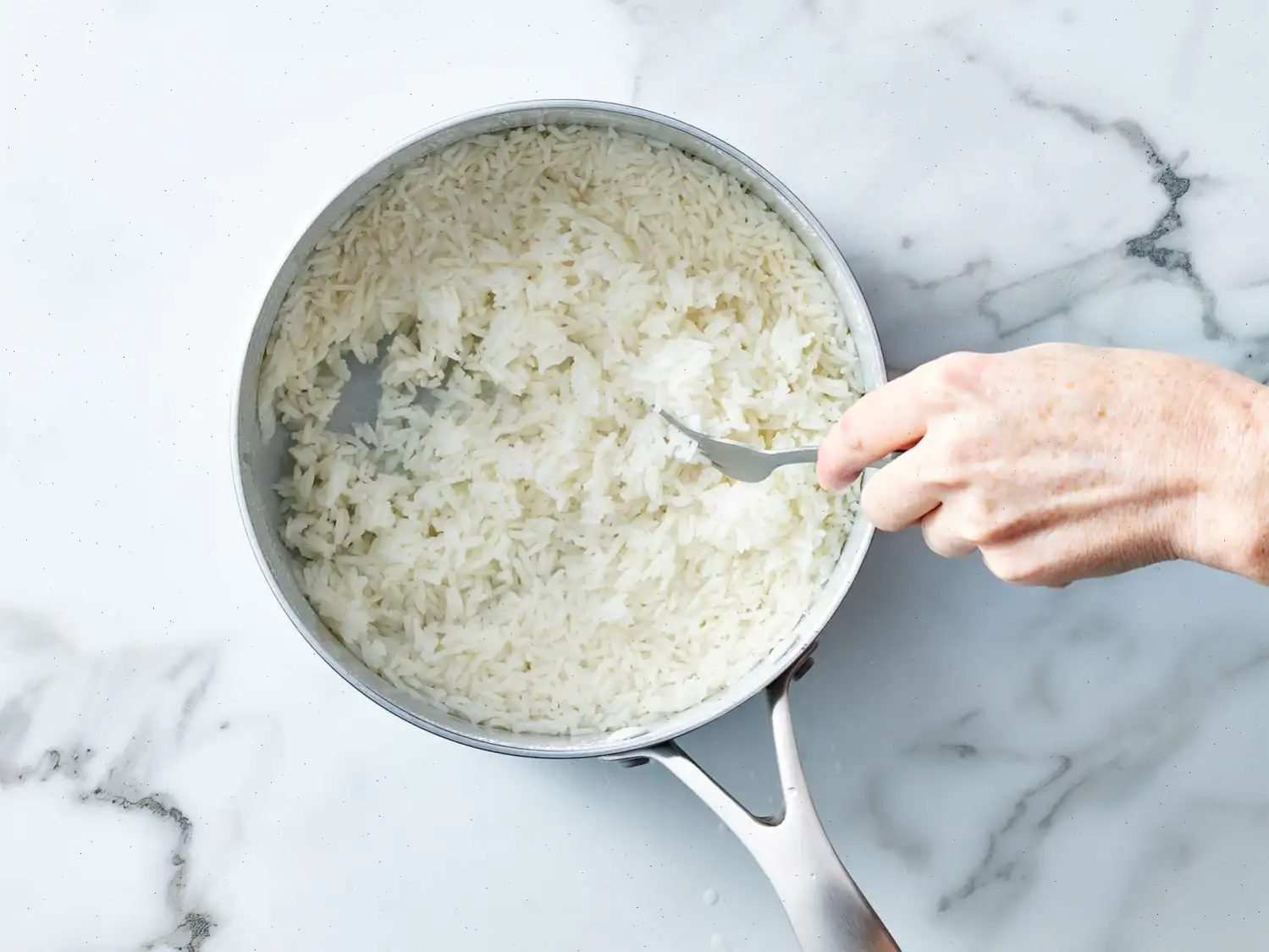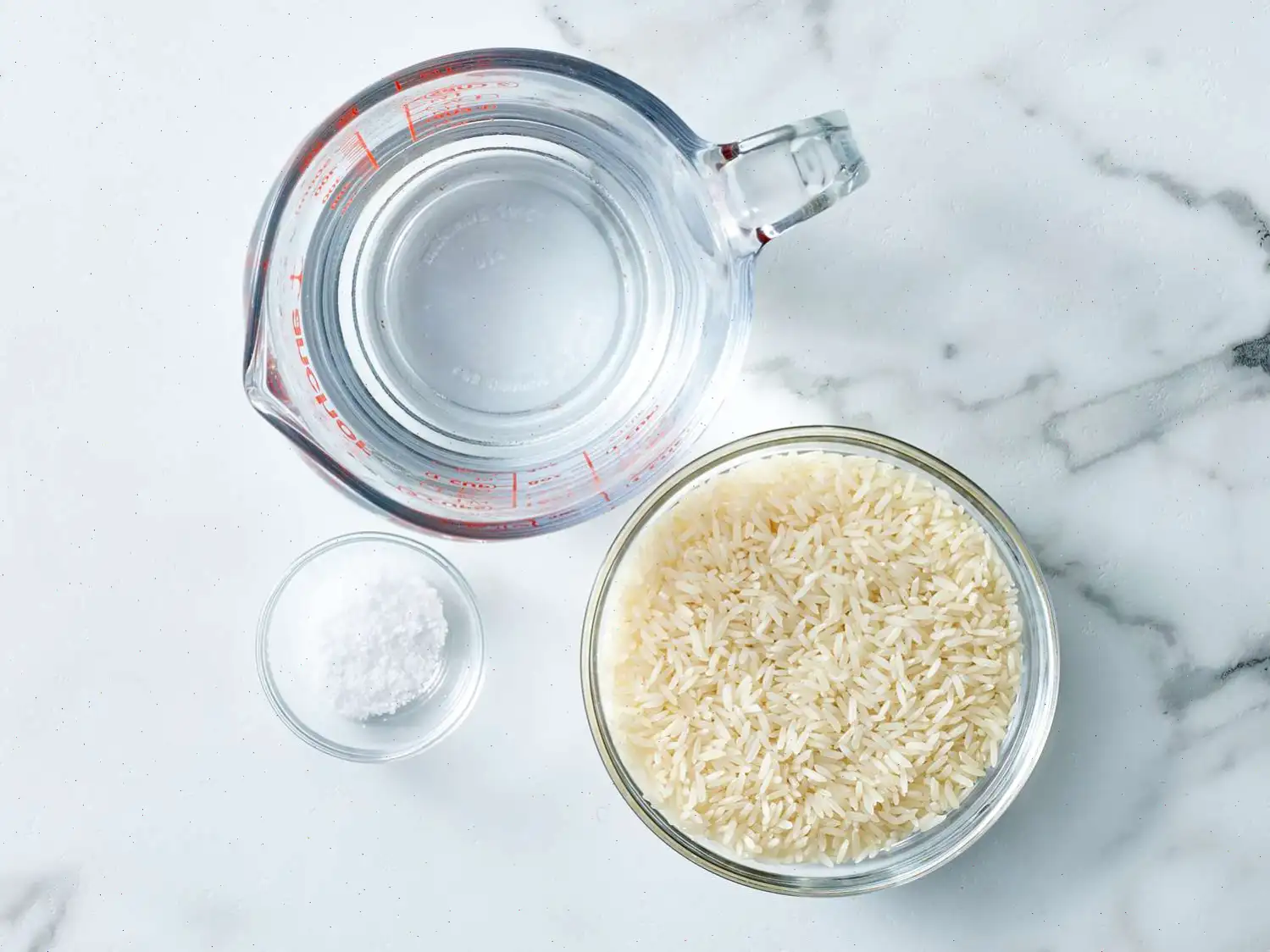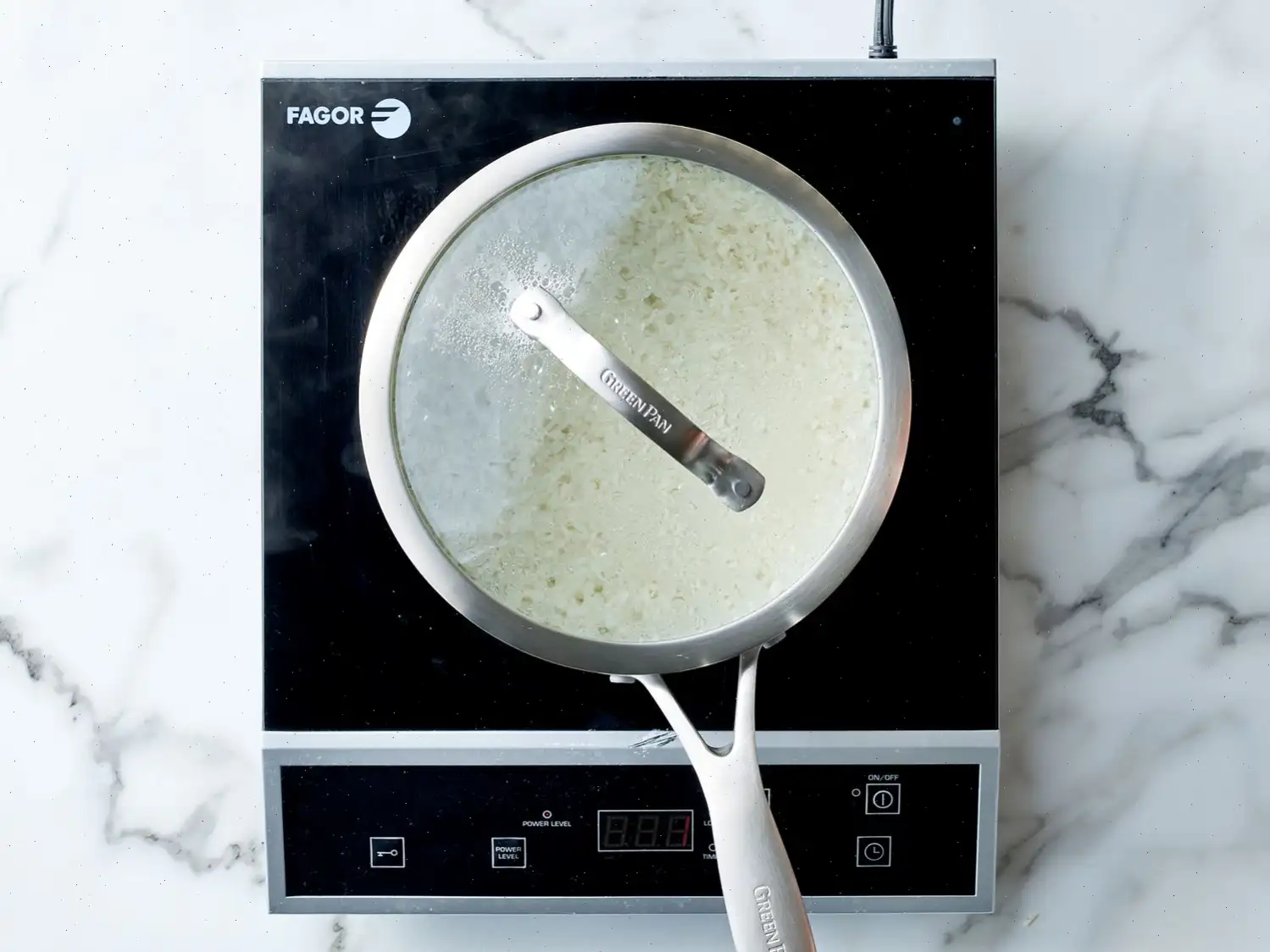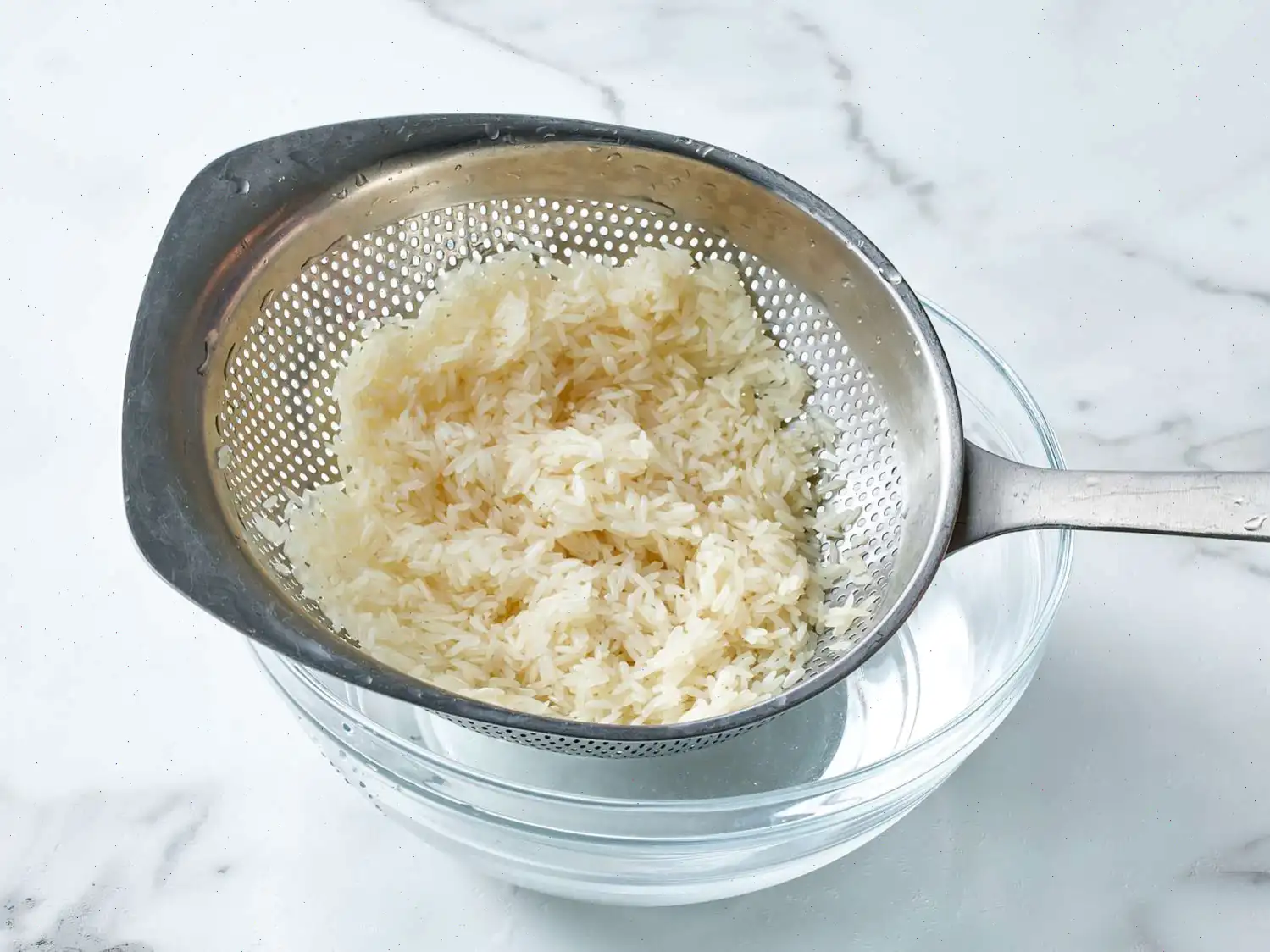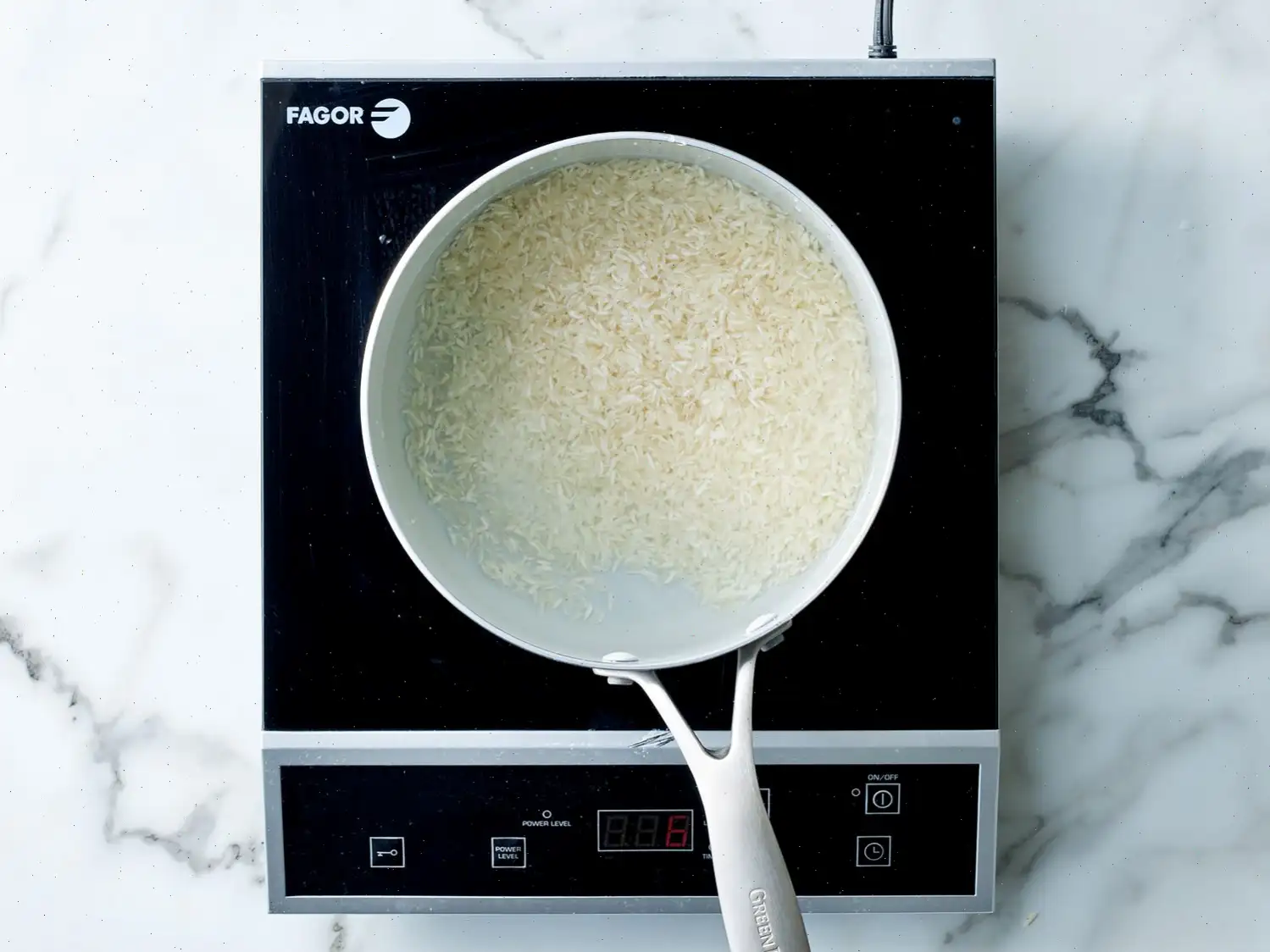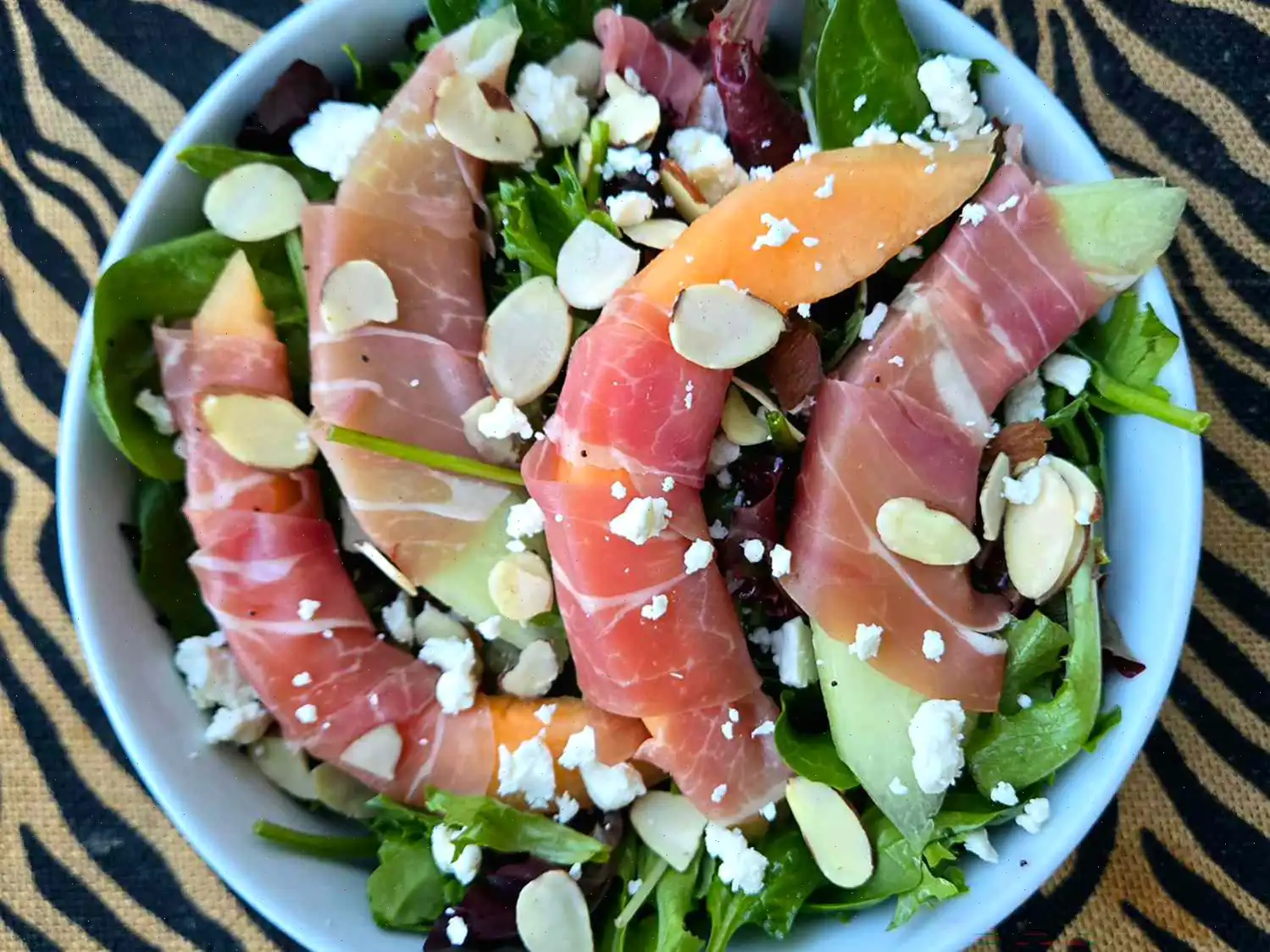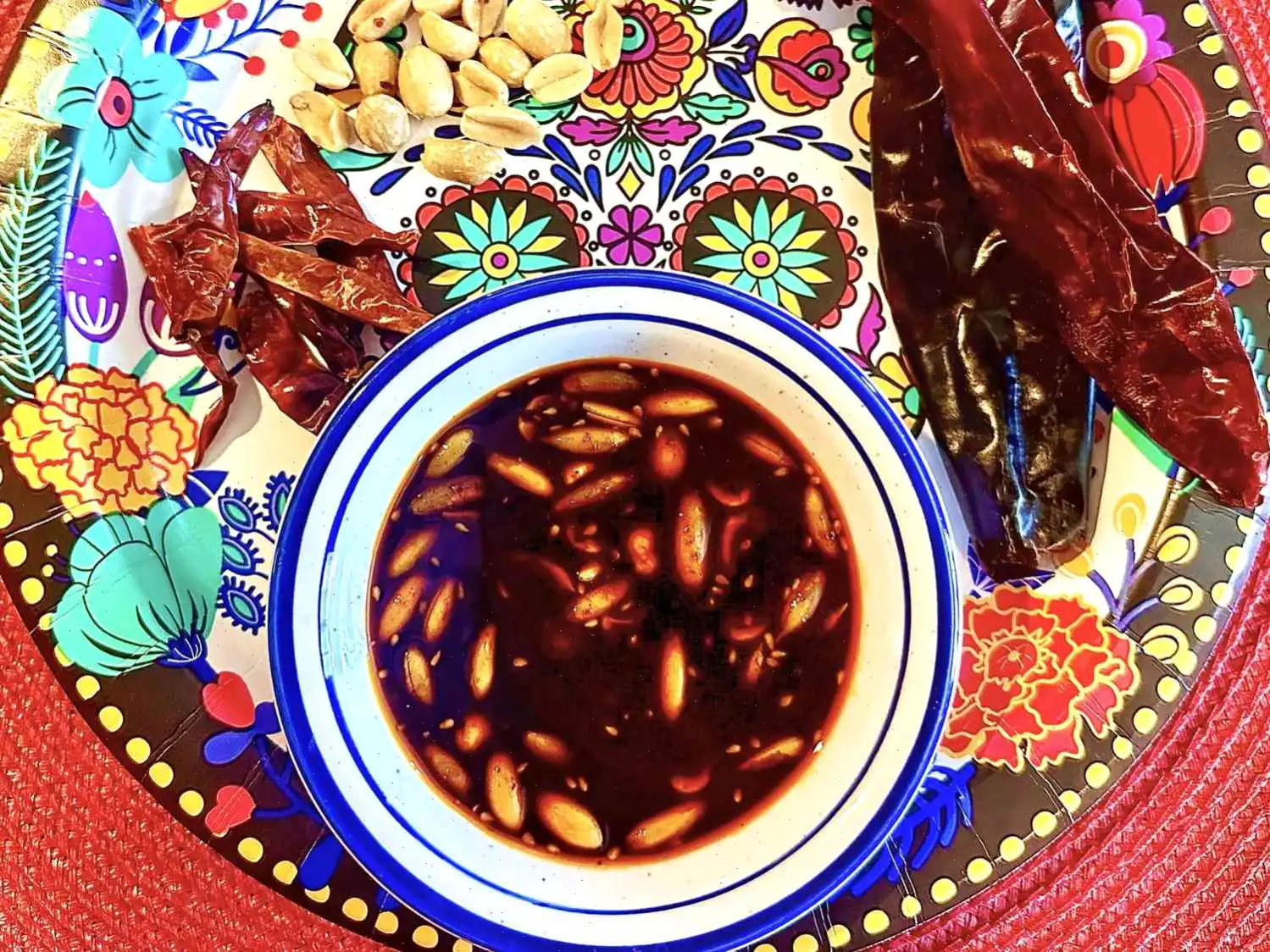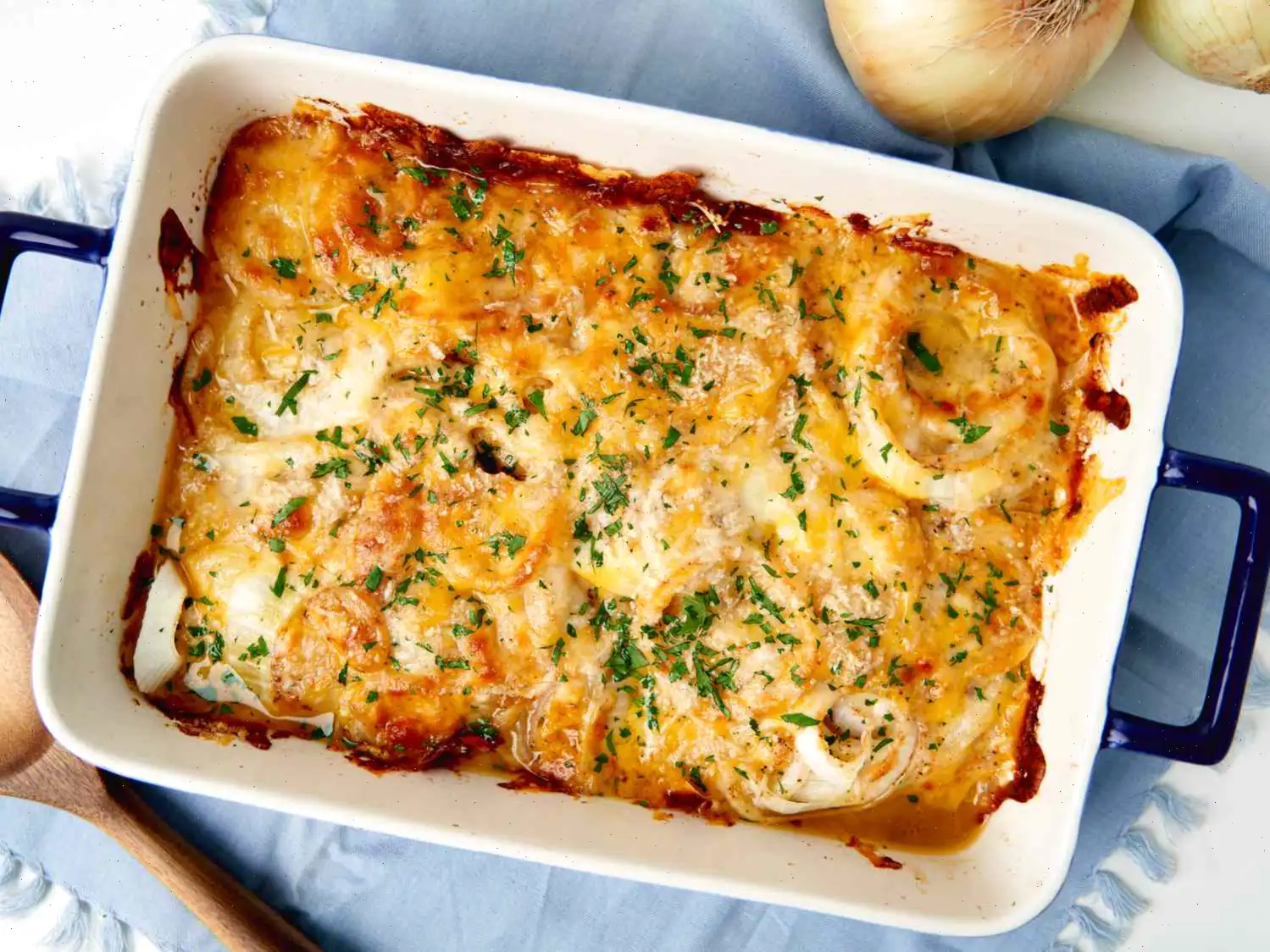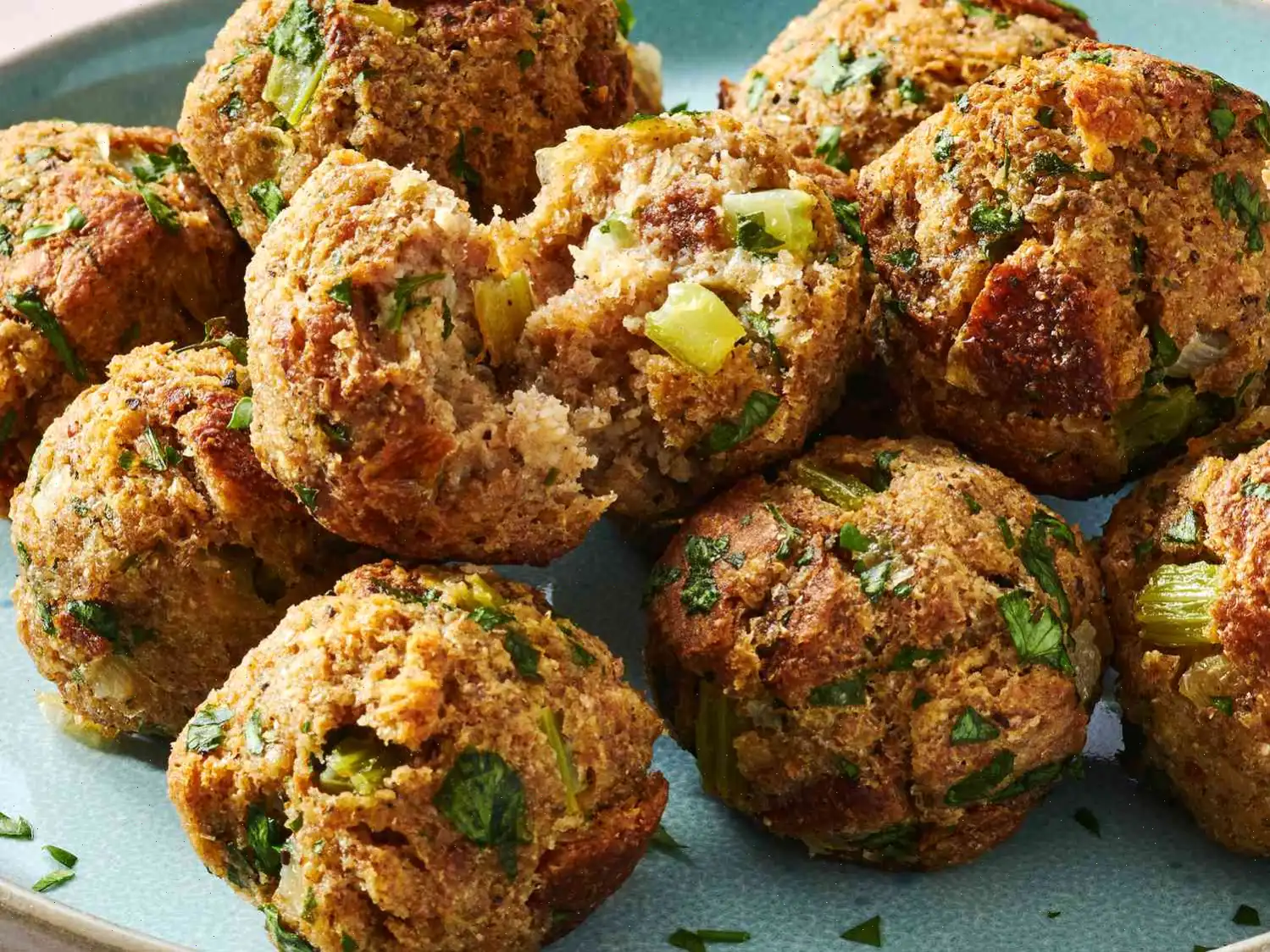
How to Cook Jasmine Rice Recipe
Jasmine rice is a unique and fragrant variety of long-grain rice, beloved for its sweet, nutty flavor and delicate texture. Known for its distinct smell and soft, fluffy consistency, it is a staple in Southeast Asian cuisine and adds a wonderful touch to many dishes. Once you master cooking jasmine rice, its hard to go back to any other type of white rice.
How to Cook Jasmine Rice
Cooking jasmine rice is a simple process, but a few steps make all the difference in achieving that perfect, fluffy texture. Below, weve outlined the basics along with a detailed step-by-step guide to help you cook jasmine rice on the stovetop, in a pressure cooker, or even in the oven.
What is Jasmine Rice?
Jasmine rice is a fragrant, long-grain rice primarily grown in Thailand and other parts of Southeast Asia. Its known for its sweet aroma and soft, moist texture when cooked. Its light and fluffy consistency makes it perfect for a variety of dishes, from curries to stir-fries.
Jasmine Rice vs. Basmati Rice
Both jasmine and basmati rice are long-grain and aromatic, but they have distinct differences. Jasmine rice has a softer, stickier texture when cooked, while basmati is firmer and drier. Jasmine rices origin is Thailand, while basmati is grown in India and Pakistan.
Ingredients
- 1 cup jasmine rice
- 1 cups water (adjust depending on cooking method)
- teaspoon salt (optional)
Cooking Instructions
Follow these simple steps to prepare perfectly cooked jasmine rice:
Stovetop Method
- Start by rinsing the rice. Place the rice in a fine-mesh strainer and rinse under cold water until the water runs clear. Drain thoroughly.
- In a medium saucepan, combine the rinsed rice, 1 cups of water, and salt (if using).
- Bring the mixture to a boil over medium-high heat.
- Once boiling, reduce the heat to low, cover, and simmer for 10 minutes, or until the water is absorbed.
- Remove the saucepan from heat, and let the rice sit, covered, for an additional 10 minutes.
- Finally, fluff the rice with a fork and serve.
Pressure Cooker Method
- Rinse the rice as described above and drain thoroughly.
- Place the rice, 1 cup of water, and salt in the pressure cooker.
- Set the pressure cooker to high and cook for 4 minutes.
- Allow the pressure to release naturally for 10 minutes before opening the lid.
- Fluff the rice with a fork and serve.
Oven Method
- Preheat the oven to 400F (200C).
- In a 1-quart casserole dish, add the rinsed rice, 1 cups boiling water, and salt.
- Cover the casserole dish tightly and place it in the preheated oven.
- Bake for 17-20 minutes, or until the rice is tender and the water is absorbed.
- Remove from the oven and let the rice stand, covered, for 10 minutes.
- Fluff with a fork and serve.
Jasmine Rice-to-Water Ratio
The ideal ratio for cooking jasmine rice on the stovetop is 1 cup of rice to 1 cups of water (a 4:5 ratio). You can easily scale this up to cook larger quantities. If you're using a pressure cooker, opt for a 1:1 ratio (1 cup of rice to 1 cup of water). For a rice cooker, use a 2:3 ratio (1 cup of rice to 1 cups of water).
How Long to Cook Jasmine Rice
Cooking jasmine rice typically takes about 20 minutes: 10 minutes of simmering, followed by an additional 10 minutes of standing to allow the rice to finish cooking in its own steam. During the resting period, the rice will firm up and become even fluffier.
Test Kitchen Tips
For best results, Kathryn, our expert recipe developer, recommends using a saucepan with a glass lid. This allows you to check if all the water has been absorbed without having to lift the lid and let steam escape. If your lid doesnt seal perfectly, try covering it with aluminum foil to keep the steam in.
If you prefer traditional rice with no added salt, simply omit the salt. Rice should be stored in an airtight in a cool, dry place. Leftover cooked jasmine rice can be kept in the refrigerator for 3-5 days or frozen for up to 6 months.
How to Serve Jasmine Rice
Jasmine rice pairs wonderfully with curries, stir-fries, and other Thai-inspired dishes. You can also get creative and use it in different recipes, such as coconut jasmine rice, poblano rice, or Thai-style fragrant rice.
Nutrition Facts
Per serving (1/6 of recipe):
- Calories: 34
- Total Fat: 0g
- Carbohydrates: 7g
- Protein: 1g
- Sodium: 178mg
- Iron: 0mg
Note: Nutritional information is based on a 2,000-calorie diet and may vary depending on your specific ingredients and cooking methods.
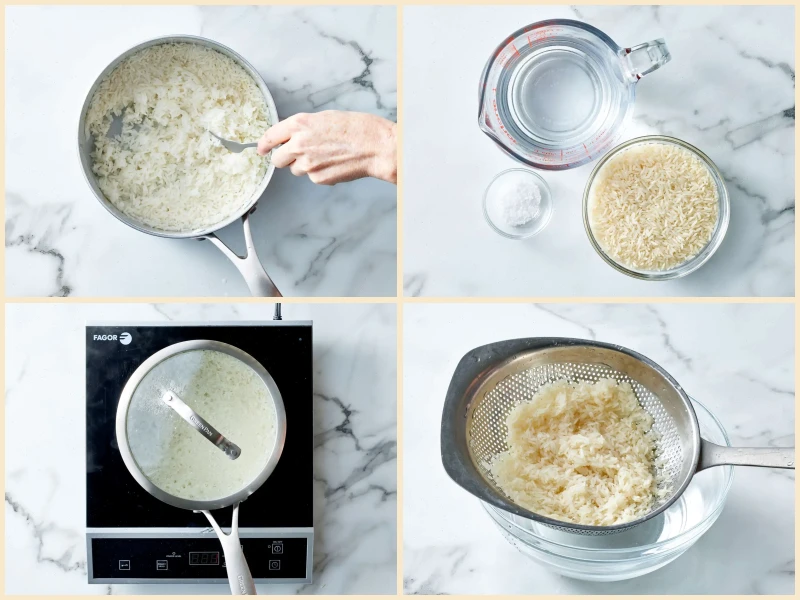
The History of Jasmine Rice
Jasmine rice, known for its distinctive aroma and delicate flavor, originates from Thailand. Cultivated primarily in the northeastern provinces, its history dates back several centuries, when it was prized not only as a staple food but also for ceremonial purposes. The fragrant rice was often offered in religious rituals and royal banquets, symbolizing prosperity and purity. Its unique scent, reminiscent of pandan and jasmine flowers, earned it the name "Khao Hom Mali," which translates to "fragrant jasmine rice."
Regional Characteristics
Thailand remains the main producer of jasmine rice, though it is also grown in neighboring countries like Cambodia and Laos. Each region produces rice with subtle differences in texture and aroma. Northern Thailand's jasmine rice tends to be softer and slightly stickier, while the varieties from the northeastern region are lighter and fluffier. Soil composition, climate, and traditional harvesting methods all influence the flavor profile, making Thai jasmine rice particularly prized worldwide.
Differences from Similar Dishes
Jasmine rice is often compared to basmati rice due to its long grains and aromatic properties. However, the differences are notable: basmati rice, originating from India and Pakistan, is firmer, drier, and nuttier in taste. Jasmine rice, in contrast, has a naturally moist, tender texture and a subtly sweet fragrance. Unlike sticky rice, which clumps together and is common in northern Thai cuisine, jasmine rice remains separate when cooked, making it versatile for stir-fries, curries, and everyday meals.
Where Jasmine Rice is Typically Served
In Thailand, jasmine rice is a daily staple, accompanying almost every meal. It is served alongside curries, grilled meats, stir-fried vegetables, and soups. Internationally, it has become a favorite in Thai and Southeast Asian restaurants, often presented in individual portions or as part of family-style dishes. Its fluffy texture makes it ideal for absorbing sauces and balancing strong, spicy flavors.
Interesting Facts About Jasmine Rice
- The natural fragrance of jasmine rice comes from a compound called 2-acetyl-1-pyrroline, the same compound found in pandan leaves and popcorn.
- Jasmine rice is sometimes aged for a few months after harvest to enhance its aroma and improve cooking texture.
- It is gluten-free, low in fat, and provides a good source of carbohydrates, making it a staple for both traditional and modern diets.
- Thailand exports over 70% of its jasmine rice production, making it a key agricultural commodity and cultural export.
- Some varieties are hand-harvested and sun-dried, which preserves the natural fragrance and ensures premium quality.
You can listen to this recipe in AI audio format. Simply click the play button below to listen to the content in a format that suits you best. It’s a great way to absorb information on the go!
FAQ about How to Cook Jasmine Rice Recipe
Comments
Alexander Turner
01/05/2023 05:27:01 PM
Easy and fast stove top recipe, perfect for a weeknight dinner. The rice-to-water ratio and cooking time result in perfectly cooked, tender rice. This recipe/article provides plenty of helpful information. Would rate it 10 stars if I could.
Amy Evans
06/01/2024 06:09:27 AM
I really enjoy using this technique to cook jasmine rice. I intend to incorporate it into my rice cooking routine moving forward. I replaced water with chicken stock, added a dash of garlic powder, and the result was delicious!
Emily Ramirez
01/12/2025 05:10:32 AM
Unsalted butter and 1 can of cream of chicken. I added 1 cup of Jasmine rice, rinsed and mixed in - it was absolutely amazing.
Jack Baker
11/23/2024 11:40:45 AM
The recipe is fantastic, but I have some doubts about the accuracy of the nutrition information provided. The suggested serving size appears to be just a couple of tablespoons at most, and the sodium content is surprisingly high. It feels like someone is trying to conceal the true amount of carbs and calories in this dish to fit into their skinny jeans. Let's be real.
Linda Adams
09/27/2024 06:42:22 AM
Rewritten review: I finally made perfectly fluffy rice on the stovetop! I used to add butter or oil to prevent it from becoming sticky, but this recipe achieved the ideal fluffy texture without any additional ingredients. While sticky rice has its place, I personally prefer fluffy rice, and now I can easily make it anytime with this method. To add some color and flavor, I sprinkled chives on top and enjoyed it with soy sauce using chopsticks. I even saved some to pair with Trader Joe's Mandarin Chicken tomorrow. This is now my go-to way to cook rice - absolutely love it!
Eric Nelson
01/04/2025 01:35:30 PM
Excellent directions. I prepared mine on the stovetop and it turned out just right. Appreciate the useful guidance!
Frank Young
10/09/2024 08:53:29 AM
I always choose Jasmine rice when I want to serve a dish with white rice. I love to add 1/3 cup of fresh peas for a pop of color and texture. Recently, I paired it with Sweet Chili Thai Chicken Meatballs from this site, and the combination was fantastic! By following these instructions, you can achieve perfectly cooked rice every time!


